Hey everyone! My name is Mason, and I’m 9 years old. Today, I’m going to take you on a wild adventure into the world of one of the coolest insects ever—the amazing locust! I love bugs and all kinds of creatures, but today, I’m just going to focus on these incredible little guys. So, let’s jump right in!
What’s a Locust, Anyway?
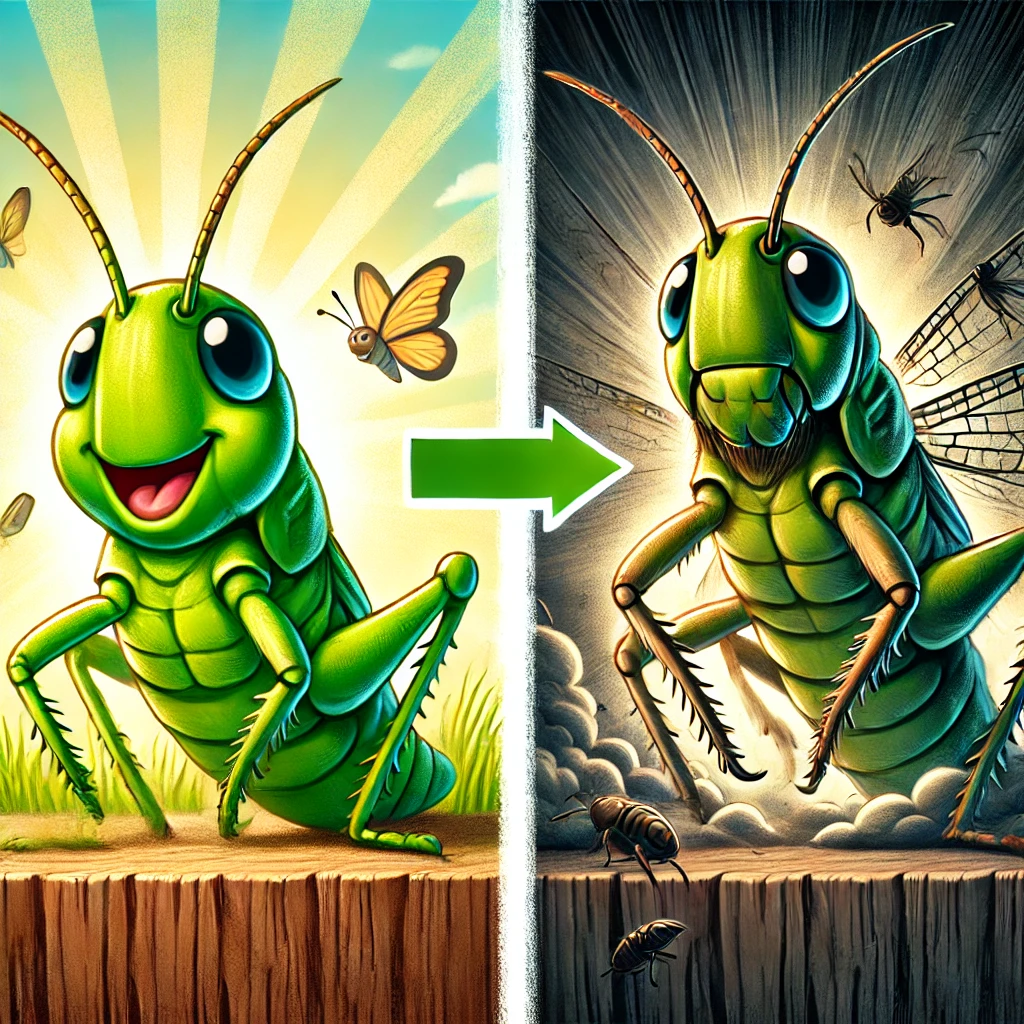
Okay, so first off, let’s talk about what a locust really is. Imagine a tiny, green grasshopper. You’ve probably seen them hopping around, enjoying the sunshine, and munching on grass, right? They’re pretty cute and full of joy, just living their best life. But what if I told you that this happy little grasshopper could turn into a super-eating, flying monster? That’s exactly what happens when a grasshopper becomes a locust!
Locusts are special because they can totally transform their bodies and even their minds. Yup, you heard that right—these little guys can actually change the way they think! When there’s plenty of food and water, they’re just like any other grasshopper, happy and carefree. But when times get tough, like during a drought or after a big flood, they go through a amazing transformation. Their bodies get bigger, their colors change, and suddenly, they start to crave food like never before.
The Big Bad Swarm
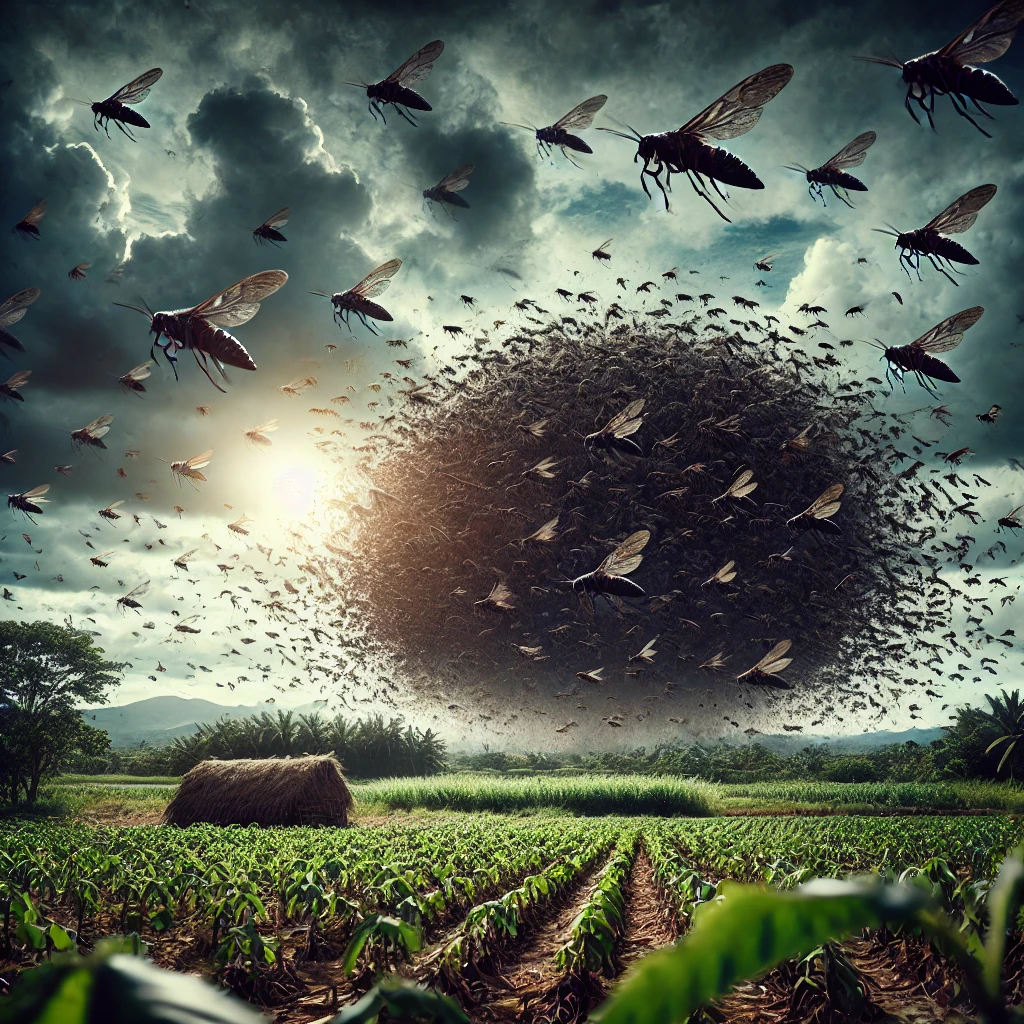
Now, here’s where things get really wild. When these transformed locusts gather together, they form a swarm. And not just any swarm—I’m talking about huge, dark clouds of locusts that cover the sky like a giant blanket. It’s almost like something out of a movie! These swarms can travel hundreds of miles, eating everything in their path. Imagine a swarm so big that it blocks out the sun! Farmers and gardeners hate them because they can destroy entire fields of crops in just a few hours. It’s like their worst nightmare come true. Maybe those gardeners should invest in some greenhouses!
Meet the Desert Hopper
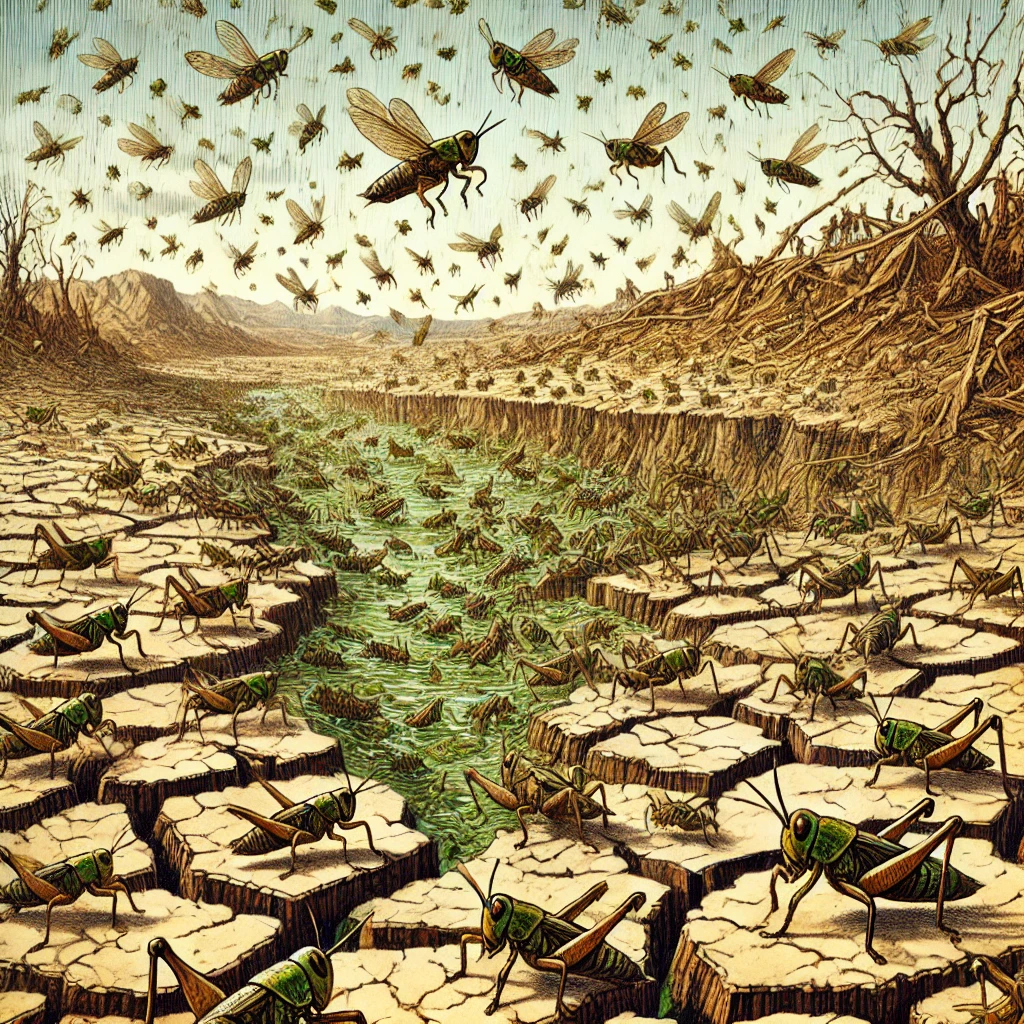
Let me introduce you to one of the most FAMOUS locusts out there—the desert locust. This guy is a real superstar in the world of insects. Did you know that? It lives in some of the hottest, driest places on Earth, like Africa, Asia, and the Middle East. Normally, these areas are super dry, but when there’s a lot of rain, something amazing happens. The desert suddenly turns green, and the locusts start multiplying like madmen. Before you know it, there are so many of them that they can form swarms that cover thousands of square miles. That’s like a whole country covered in locusts!
Why Are They a Big Deal
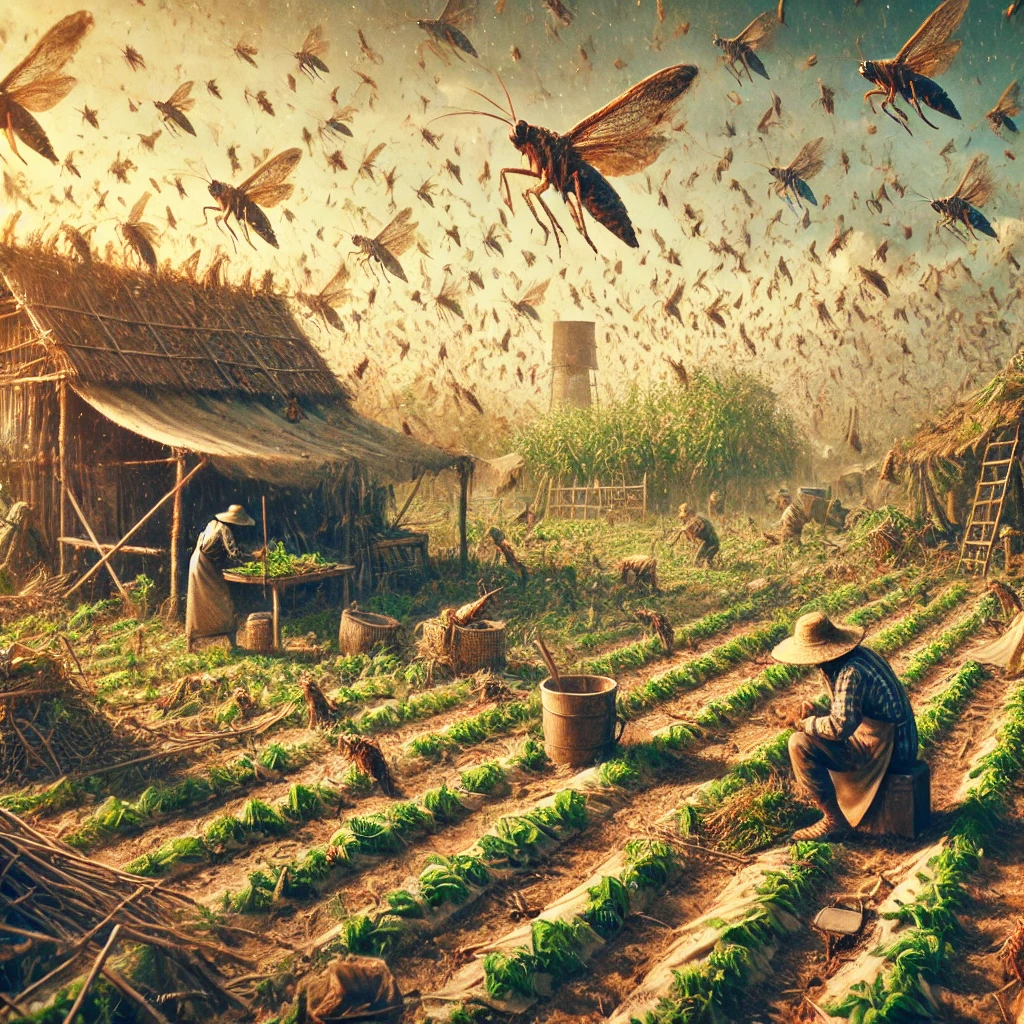
These massive swarms of desert locusts are incredibly destructive. They can eat so much food that people and animals end up going hungry. They don’t just munch on crops either—they can also damage trees, forests, and all kinds of other plants. In some cases, locust swarms have even caused famines, which means that people didn’t have enough food to eat. That’s pretty serious stuff, right?
But here’s the thing: locusts are really tough. People have been trying to stop them for thousands of years. They’ve used fire, pesticides, and all kinds of tricks to get rid of them. But no matter what, locusts always seem to find a way to survive. They’re like the ultimate survivors of the insect world.
New Ways to Fight These Guys
In recent years, scientists have come up with some pretty cool new ways to control locust swarms. One of the newest methods is using drones to spray pesticides on the swarms. Drones are like little flying robots that can zip around really fast and get to places that are hard to reach. Another method is to release millions of tiny flies that eat locust eggs. It’s like sending in a tiny army to stop the locusts before they even hatch!
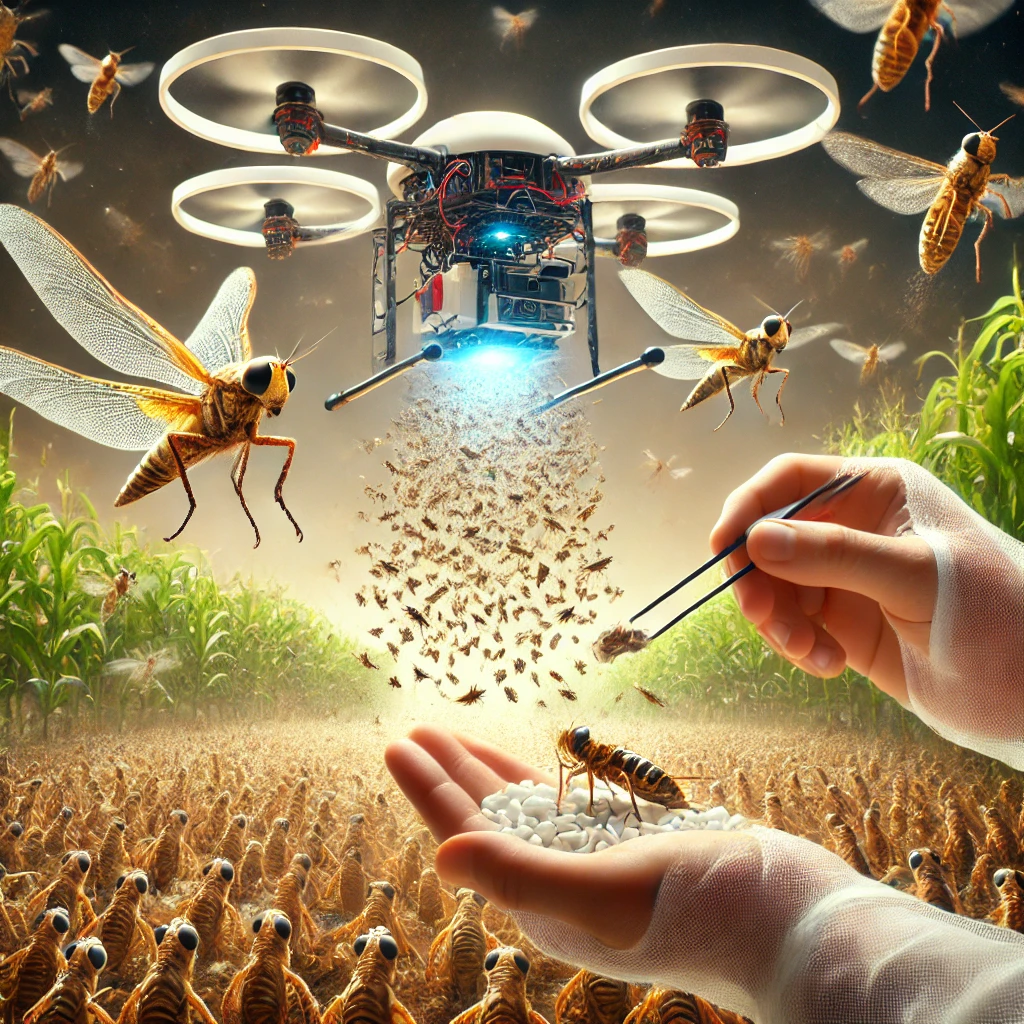
Even with all these new tricks, controlling locust swarms is still a big challenge. Scientists and farmers are always working on new strategies to protect crops and prevent famines. It’s a never-ending battle, but they’re not giving up.
The Secret Life of Locusts
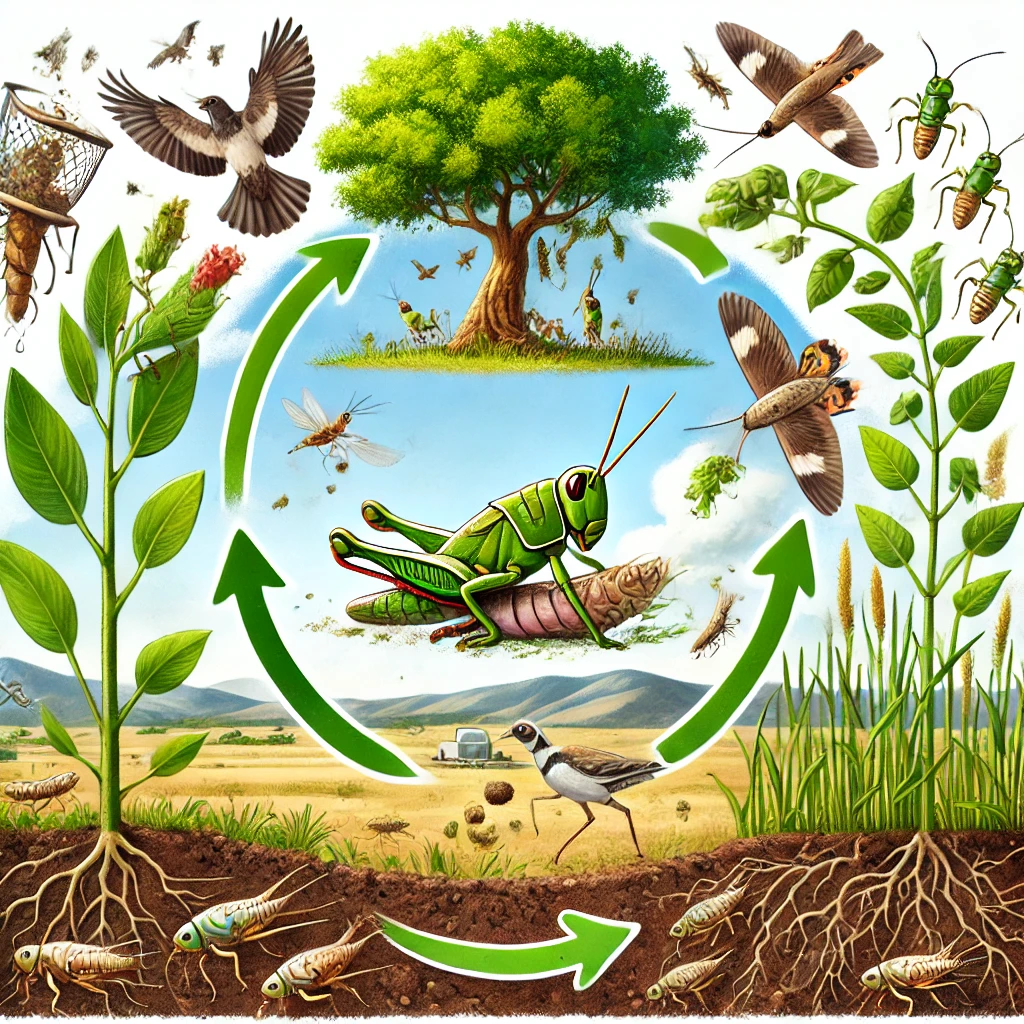
Now, let’s take a closer look at what makes locusts so special. Even though they can be super destructive, they’re still an important part of the ecosystem. You see, locusts help to recycle nutrients in the soil. When they eat plants, their waste adds nutrients back into the ground, which helps new plants grow. It’s like they’re nature’s little gardeners, even though they can be a bit rough on the plants sometimes.
And guess what? Locusts are also a source of food for many other animals. Birds, lizards, and even some mammals love to snack on locusts. In some parts of the world, people even eat locusts! They’re considered a tasty treat in places like Africa and the Middle East. Locusts are also used to make medicines and dyes. So even though they can cause a lot of trouble, they’re also pretty useful.
Why Should We Care About Locusts?
You might be wondering, “Mason, why should I care about locusts? They sound like bad news!” Well, that’s a great question! Even though locusts can be really destructive, they’re also a reminder of how powerful nature can be. They show us that even the smallest creatures can have a huge impact on the world.
Locusts also teach us about the importance of balance in nature. When the environment changes, locusts change too. They adapt to survive, and sometimes that means becoming a swarm that can cause a lot of damage. But it’s all part of the natural cycle. Locusts play a role in the ecosystem, and even though we might not always like what they do, we have to respect their place in the world.
Fun Facts
Before we wrap up, I thought it would be fun to share some cool facts about locusts that you might not know:
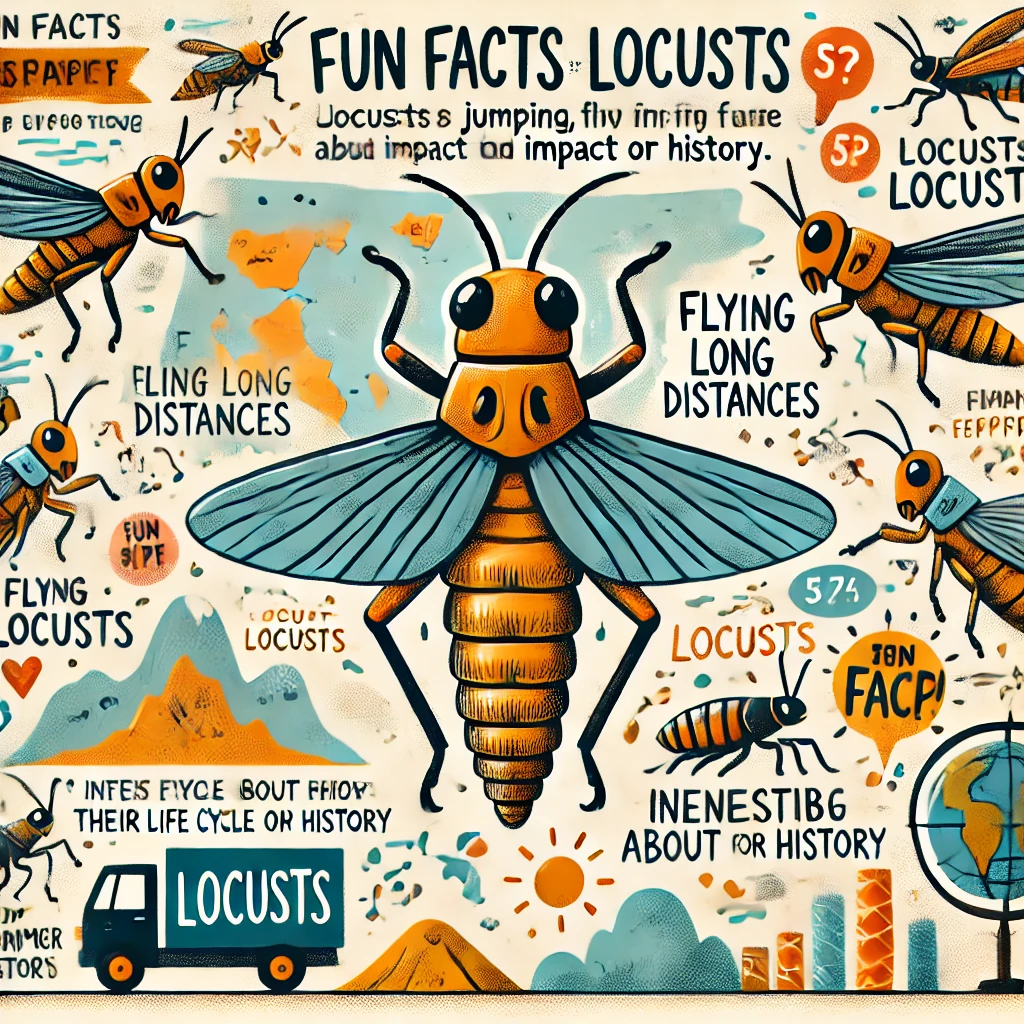
- They Can Fly Really Far: Some locust swarms can travel up to 100 miles in a single day. That’s like flying from one city to another!
- They Can Jump Super High: Locusts can jump 20 times their own body length. If you could jump like that, you’d be able to leap over a two-story building!
- They Have a Built-In Compass: Scientists have discovered that locusts use the sun to navigate. Even when they’re flying in a huge swarm, they know exactly where they’re going.
- They Have Been Around for Millions of Years: They have been causing trouble for a long, long time. Fossils show that they’ve been around for millions of years, even before the dinosaurs!
- They Can Eat Their Own Weight in Food Every Day: A locust can eat its own weight in food every single day. That would be like a person eating 100 cheeseburgers in one day!
What We Can Learn from Locusts
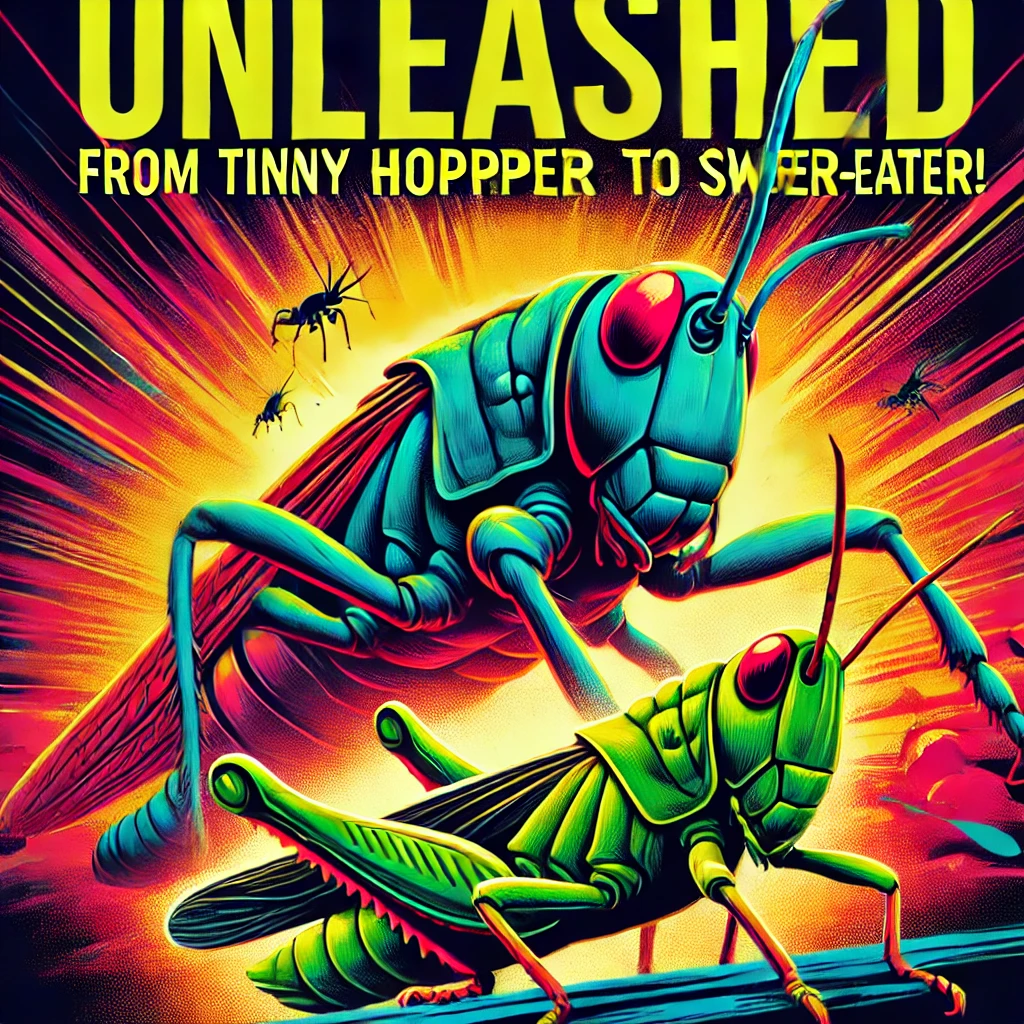
So, what’s the big takeaway from all of this? Well, I think locusts teach us that nature is full of surprises. Even the smallest, most ordinary creatures can have a big impact on the world. Locusts remind us to respect nature and to keep learning about the world around us. Who knows? Maybe one day, you’ll be the scientist who discovers a new way to control locust swarms and save crops from being destroyed!
Thanks for joining me on this adventure into the world of locusts. I hope you learned something new and had a little fun along the way. The next time you see a tiny grasshopper hopping around, remember that it could be a future locust. And if you ever see a swarm of them flying overhead, get ready to run fast—really fast!
Until next time, keep exploring, keep asking questions, and never stop being curious about the amazing world we live in.
Let’s reclaim what is rightfully our’s in this digital noise we live in. Join us in this exploration of how deep the rabbit hole actually goes.
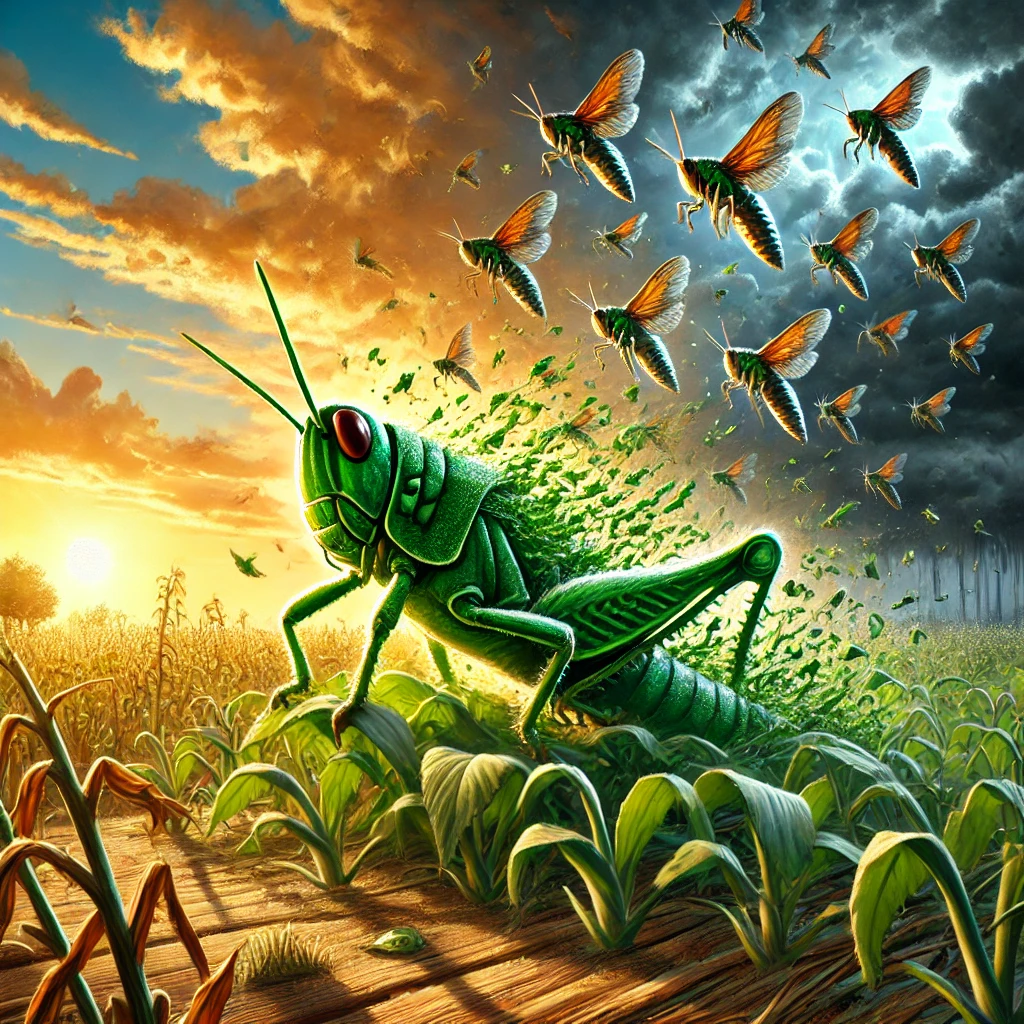
No responses yet